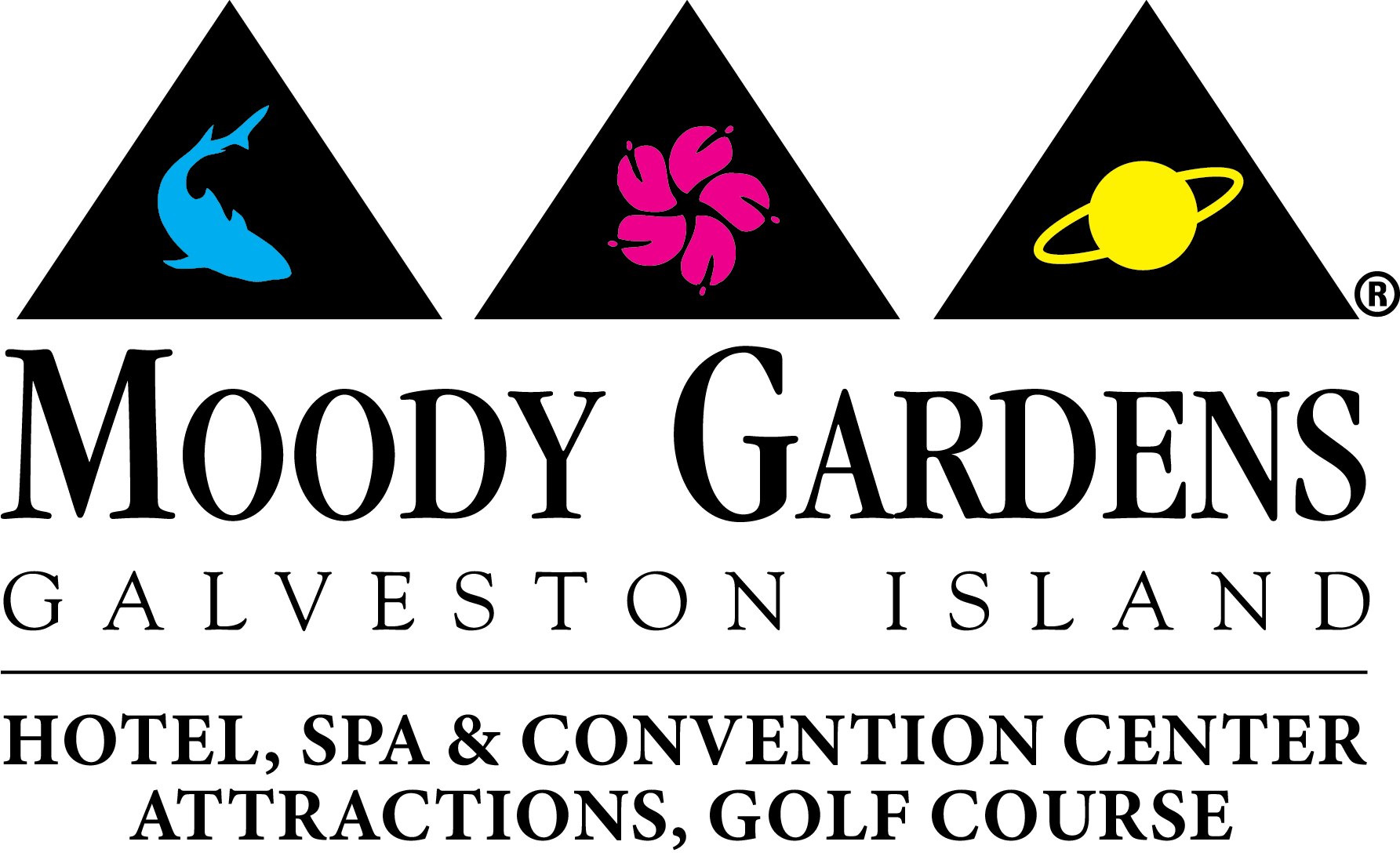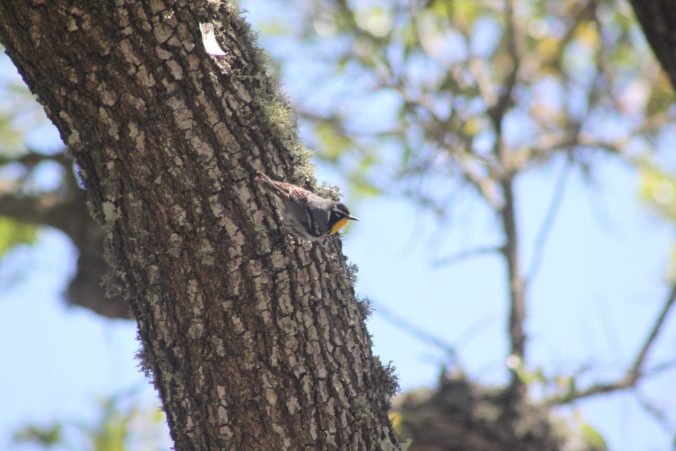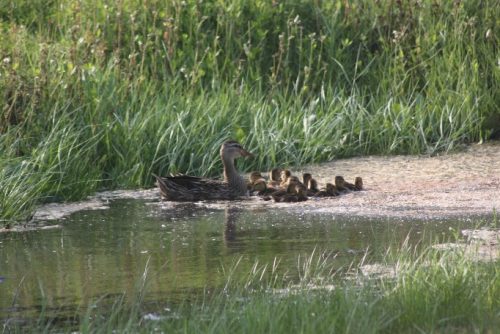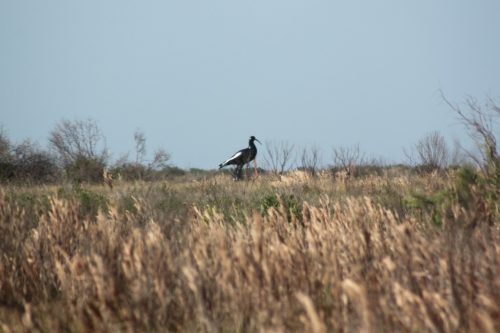From Greg Whittaker, Moody Gardens Animal Husbandry Manager:
2020 has thrown us all for a loop. There’s nothing normal this year and we’re all figuring out how to navigate the daily challenges through things that seemed so easy and normal way back in 2019. The Texas Parks and Wildlife Department’s (TPWD) 24th annual Great Texas Birding Classic (GTBC) is no different. Known as the biggest, longest, wildest birdwatching tournament in the U.S., the COVID-19 pandemic forced TPWD to cancel the event in April and move it to the fall. Through the month of October 141 teams are birding in 42 categories ranging from a Big Sit from within a 50 foot diameter circle, to a state-wide “dispersed flock” Big Day. We are thankful to again have the sponsorship of the Galveston Convention and Visitor’s Bureau for our Chasing GREGs Big Day team. We opted to try the new dispersed flock category that allows us to bird as smaller “pods” and our social distancing allowed us to cover a broader range through the day.
Using Greg Miller’s guidance and strategy from our 2019 Big Day, we mined 20 years of eBird listings over the 13 counties in the Upper Texas Coast region. We identified eight that offered the best opportunities to put together three routes that hit the locations with the widest diversity and most unique species. October’s expected bird diversity is lower than what our region sees during the height of the spring migration. The eBird data confirmed that the third and fourth weeks in October have higher species counts with more of the fall migrants reaching and passing through our area. Our team consisted of myself, Lee Schoen, Kristen Vale, Jeff Sexton and Clayton Leopold. Our calendars aligned on Saturday October 24th and we focused our attention on both the historical eBird data and the current listings for those counties in which we intended to bird. Numerous reconnaissance trips were made in the days leading up to our big day and many area birders were called upon to allow us to swing through and check out the rarities they had in their yards and other hotspots. We sincerely appreciate our “village” in the effort as many of them were competing on other GTBC teams. We even relied on an active Big Sit at Coastal Heritage Preserve to get us a couple rarities and a Great-horned Owl late in the day. Thank you Greg Hall – you an an unofficial Chasing GREG. We took full advantage of the entire day with our first species logged in at 12:18 a.m. and our last bird, a Barred Owl identified just after 8 p.m.
Our total species list rounded out at 183 for the day, which was an increase of 20 over our spring 2019 effort. Although there were less overall species diversity in the fall, our ability to split up and cover more territory more than made up for it. We managed to scare up to 18 waterfowl species, 25 shorebirds, a dozen gulls and terns, nearly all of the anhinga, cormorant, pelican, heron, egret, ibis, spoonbill group, 13 raptors, 9 sparrows and 10 warblers. The wayward Varied Thrush that’s been hanging out in Surfside even made our list along with a California Gull that popped up at Bolivar Flats that day. Collectively the five of us covered a total of 900 miles surveying areas within 8 counties over 21 hours.
It’s rewarding to see a large species list after a day like this, but it’s even more fulfilling to be part of a robust birding community that offers us all the opportunity to get out for an organized even, or just a casual venture after work. Birdwatching is one of those activities that is safer and more achievable under the restrictions COVID-19 has imposed on our daily lives. Spending time outside appreciating nature in the company of others offers ample social distancing opportunity and the chance to actually see and talk to other human beings.
I’d encourage other other team leaders for the various Big Sits and Big Days to send in a similar summary of what you did and saw in your groups. Galveston Island Nature Tourism Council’s website is the prime location to spread the message that we live in a great place to enjoy nature and we stand at the ready to tell these great stories.
Get outside and enjoy the fall weather and let nature heal your soul.









